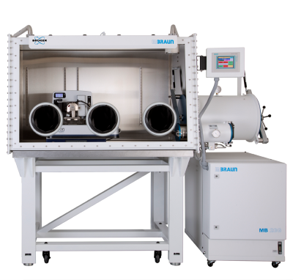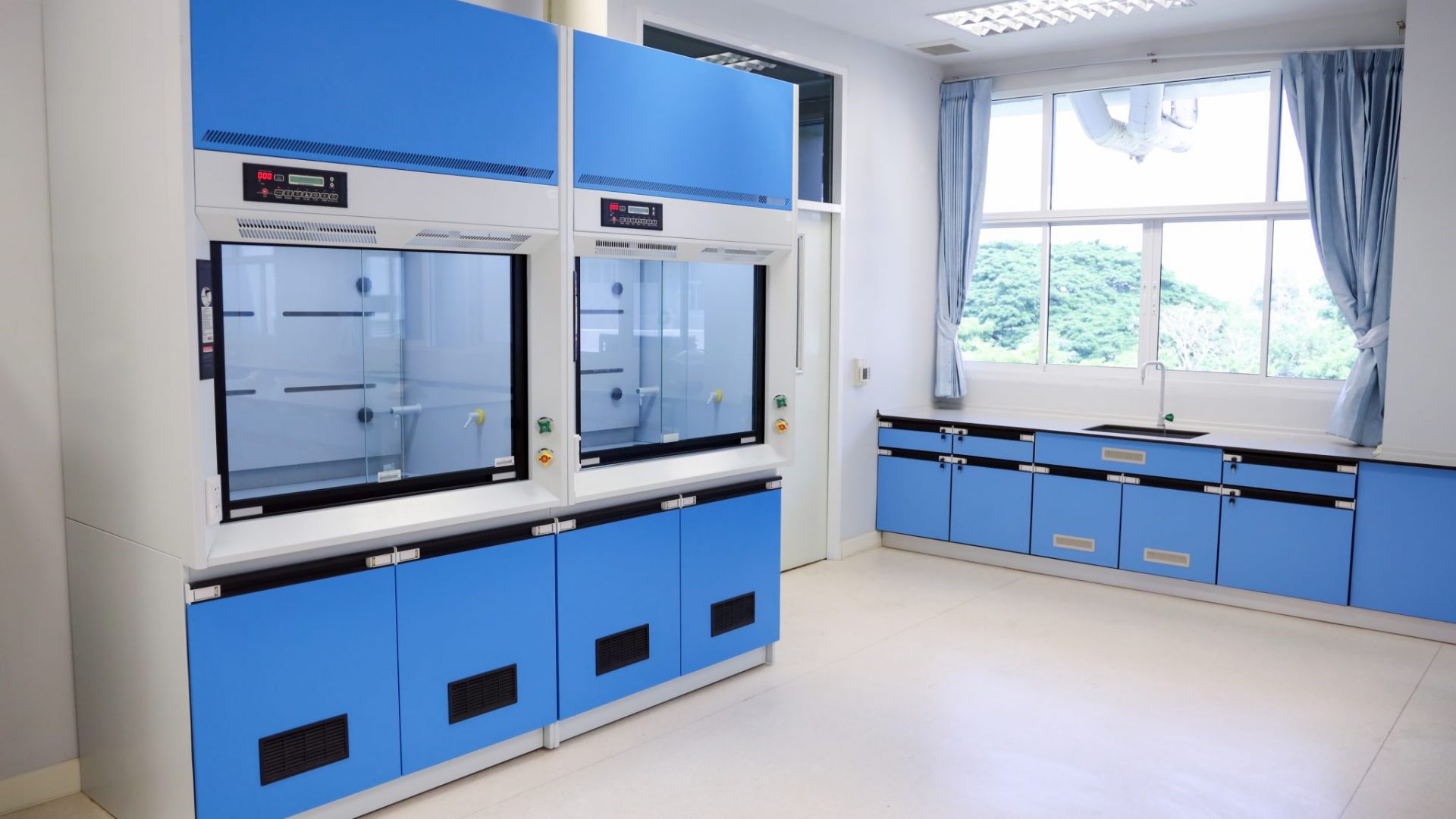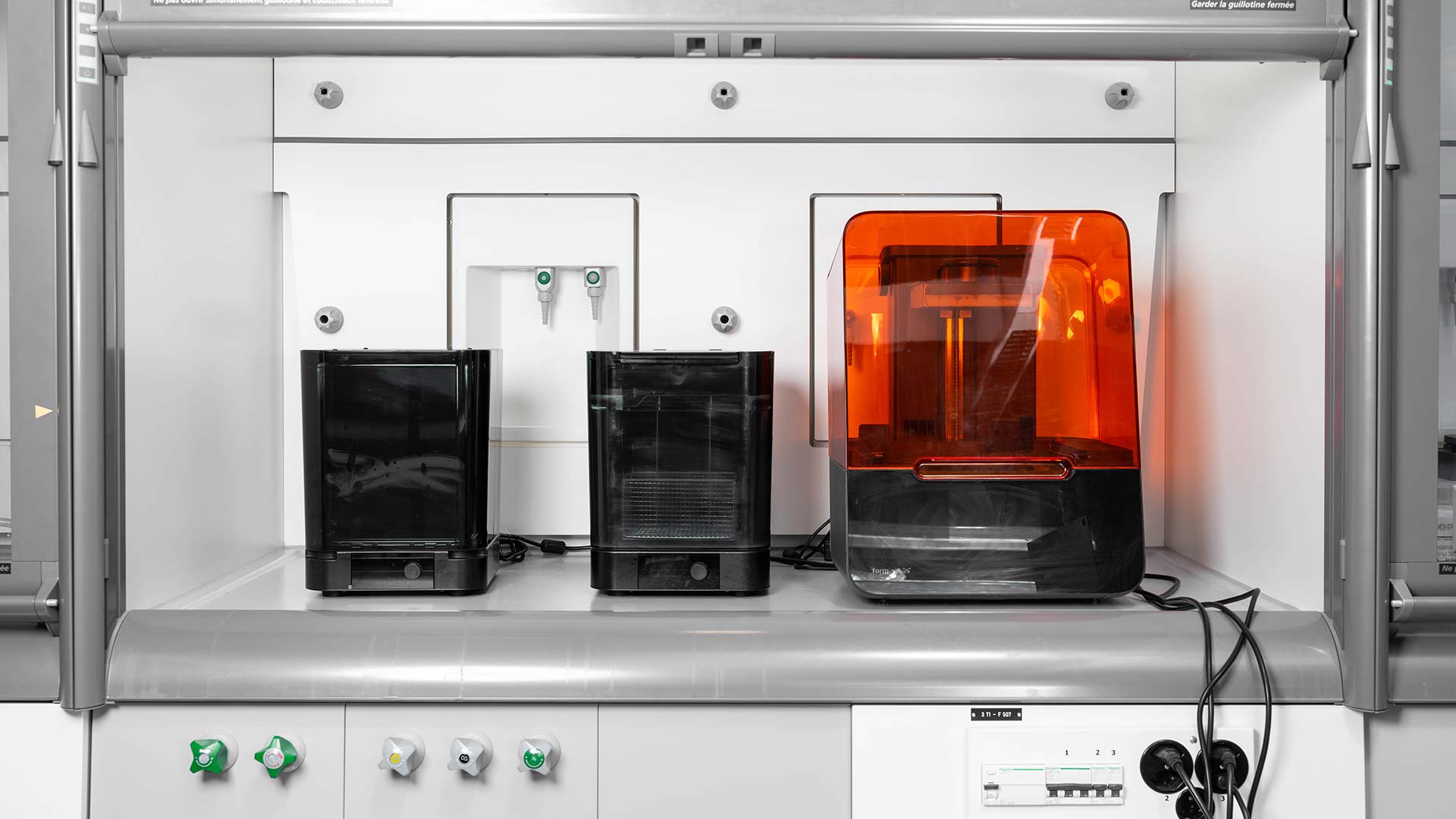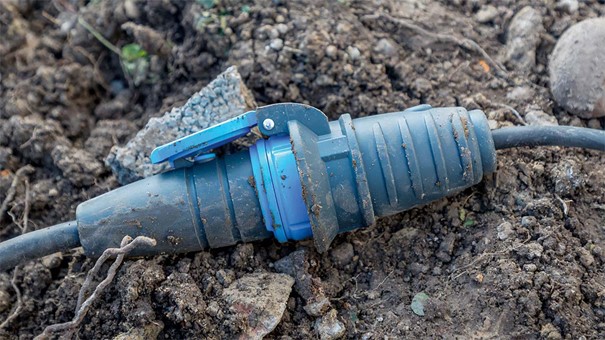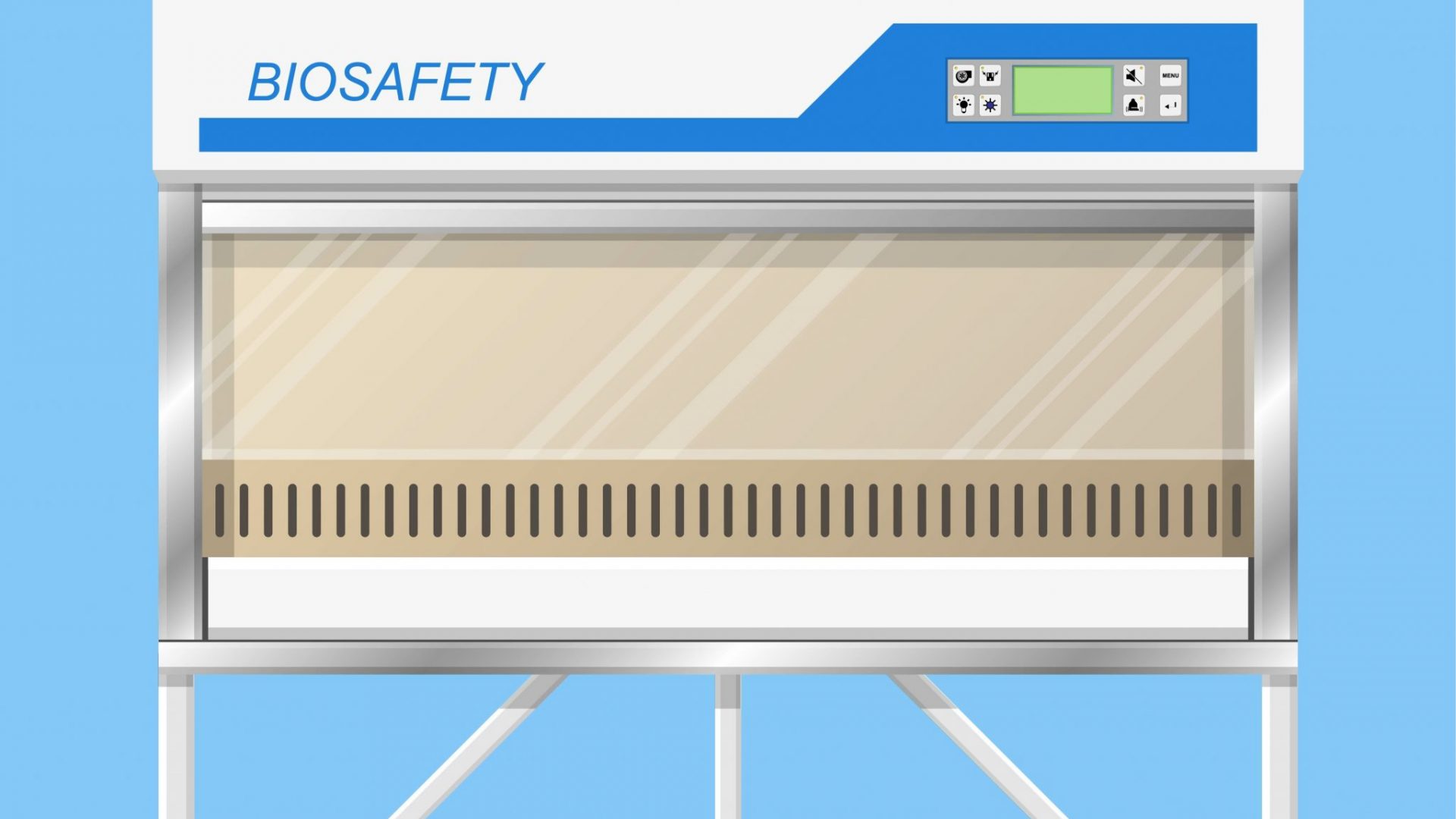
When working with microorganisms, care must be taken to protect:the user against infectionsthe environment from contaminationA biosafety cabinet meets both these criteria, as it is a physical barrier consisting of an airflow to protect the user from aerosols, and a glass screen to protect the user from spills and splashes.As they often look alike, it (…)
